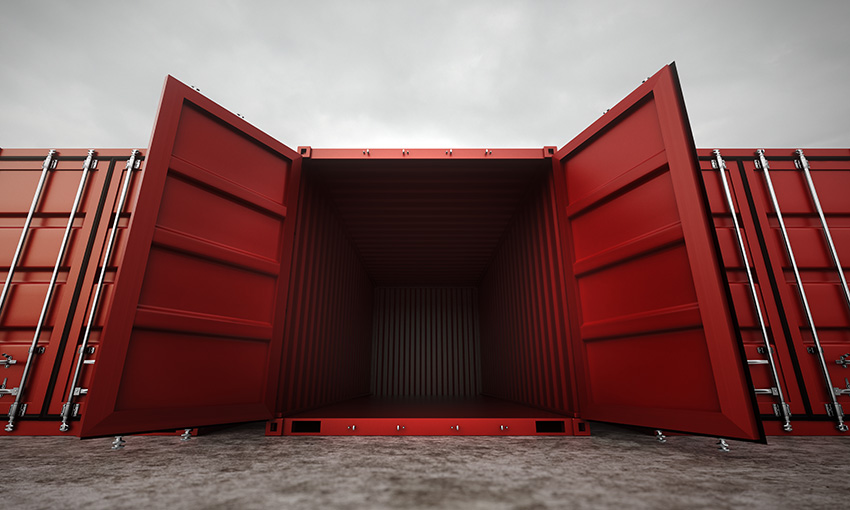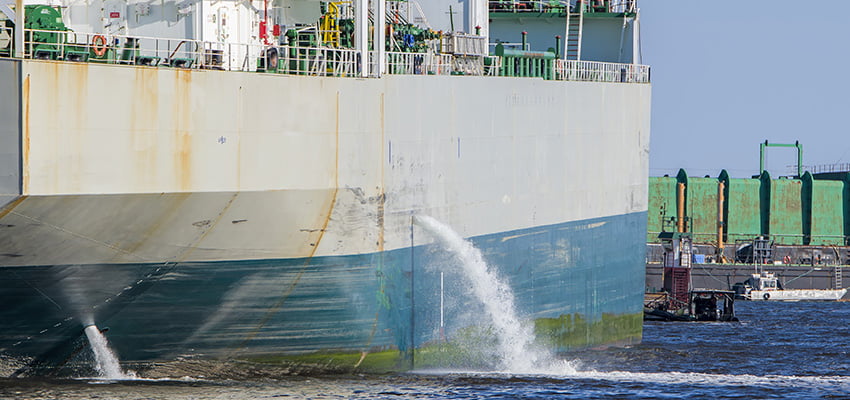THE INTERNATIONAL Chamber of Shipping has announced an update to the Unified Container Inspection & Repair Criteria that aims to address pest contamination in containers.
The ICS published the UCIRC in partnership with the World Shipping Council and Bureau International des Containers.
ICS developed the first edition of the UCIRC in 2000, intending it for use at all container depots and container interchanges.
After the latest update, it now includes inspection criteria for container depots and other container handover facilities to address pest contamination on and in containers.
“The publication details the criteria to be considered in the context of inspection for physical damage or structural deformations of the sea container,” the ICS, WSC and BIC said in a joint statement.
“Since [UCIRC was first published], the industry has developed and, maybe most importantly, contaminating pests hitchhiking in or on containers has increasingly become an issue of concern.
“However, the previous editions of UCRIC did not address inspection for visible pest contamination on the container, resulting in the possibility that containers might be dispatched empty from container depots with hitchhiker pests.”
The revised UCIRC aims to make inspection for and removal of visible pest contamination an integral part of the container inspection and dispatch process.
The document outlines special provisions to inspect for pest contamination at container depots as well as at all other interchange points.
“Just as any major structural deficiencies must be repaired, any pest contaminants must be taken care of prior to the dispatch of the empty container to the shipper,” the authors said.
The revised UCIRC also references the recently updated Prevention of Pest Contamination of Containers: Joint Industry Guidelines for Cleaning of Containers by BIC, WSC, Container Owners Association and the Institute of International Container Lessors.
“The two publications in tandem demonstrate the commitment of the container shipping industry to play a proactive role in minimising pest contamination via the sea container pathway.
“The global container supply chain stretches across the ocean and all continents of our world, and it falls on the parties in the supply chain to keep it safe.”





